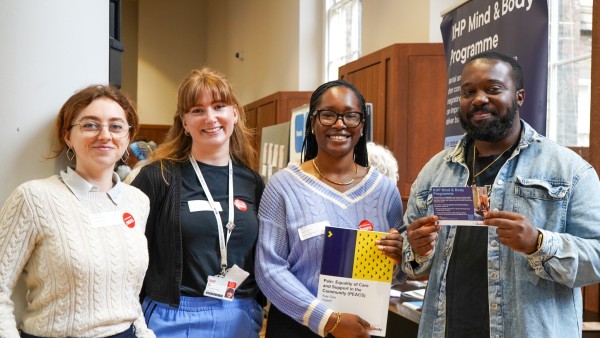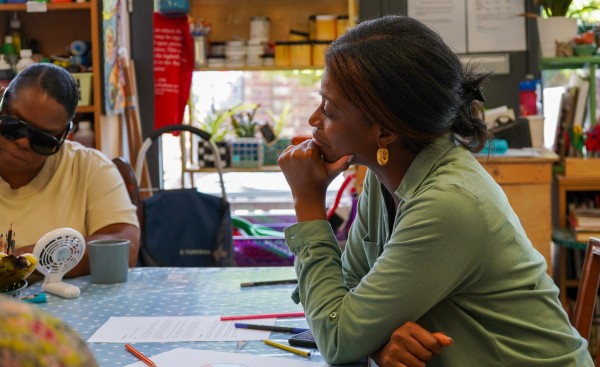24 April 2024
In the blog below Julie Moore, Consultant Respiratory Physiotherapist with the South East London Long COVID Programme, explains panic attacks and how to help someone who is having one.
A recent study published in the British Journal of Psychiatry observed a substantial increase in visits to GPs for generalised anxiety disorders (Slee et al.2021). Anxiety is a state of mind, characterised by feelings of fear and worry.
Mental Health UK explains how it is normal to feel anxious or worried in certain situations, and these feelings are our body’s natural reaction to danger. However, if this occurs frequently and impacts on your everyday life then you may be experiencing an anxiety disorder. They have found that in the UK, one in 10 of us will be living with an anxiety disorder, which is approximately 8 million people. A symptom of an anxiety disorder is panic attacks.
What is a panic attack?
A panic attack is an extreme response to fear. It is an exaggeration of your body’s response to danger or stress and is common in those with an anxiety disorder. Anyone can have an anxiety disorder but they are more common in those that have lived through abuse, severe losses, or other adverse experiences e.g getting COVID-19 during the pandemic or living with a chronic health condition.
How to help someone who is having a panic attack
You can use the BREATHE principle, which has been developed by the South East London Long COVID Programme:
Breathe: Use breathing to help them take control, ask them to focus on an object such as a window and ask them to breathe their way around the object. Try fanning cool air around their nose which will help them to slow the breathing and make it feel more comfortable. Diversion will help control the fear and the cool air will slow breathing naturally.
Reassure them they will be okay, and that it will end and it won’t harm them. Being positive and telling them how well they are doing will help make them feel less scared.
Enable them to take control and help them to take action.
Action what they need, ask them what will help, the person may have experienced this before and know how to help themselves and you can support them e.g hold their hand. Help them get the control back by giving them control.
Take time, stay calm and talk slowly and in short sentences. Explain to them there is no rush and they can take as much time as they need to recover. The calmer you are, the calmer they will feel.
Help them to recognise their feelings and direct their thoughts and be kind to themselves. Creating positive inner thoughts can them to recover more quickly.
Explain what has happened to them so they can work on preventing future panic attacks. Understanding how it is a part of their brain that has ‘flipped out’ and that they can get help to manage it. https:/
_________
KHP News recently spoke to consultant psychiatrist Dr Florian Ruths, South London and Maudsley NHS Foundation Trust, about anxiety and how to deal with it. Read the article here.
For more information on anxiety disorders, see the Mental Health UK webpage here and the World Health Organization webpage here.
For more information on panic disorders, visit the NHS webpage here.





